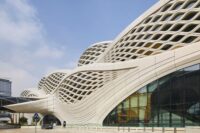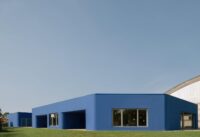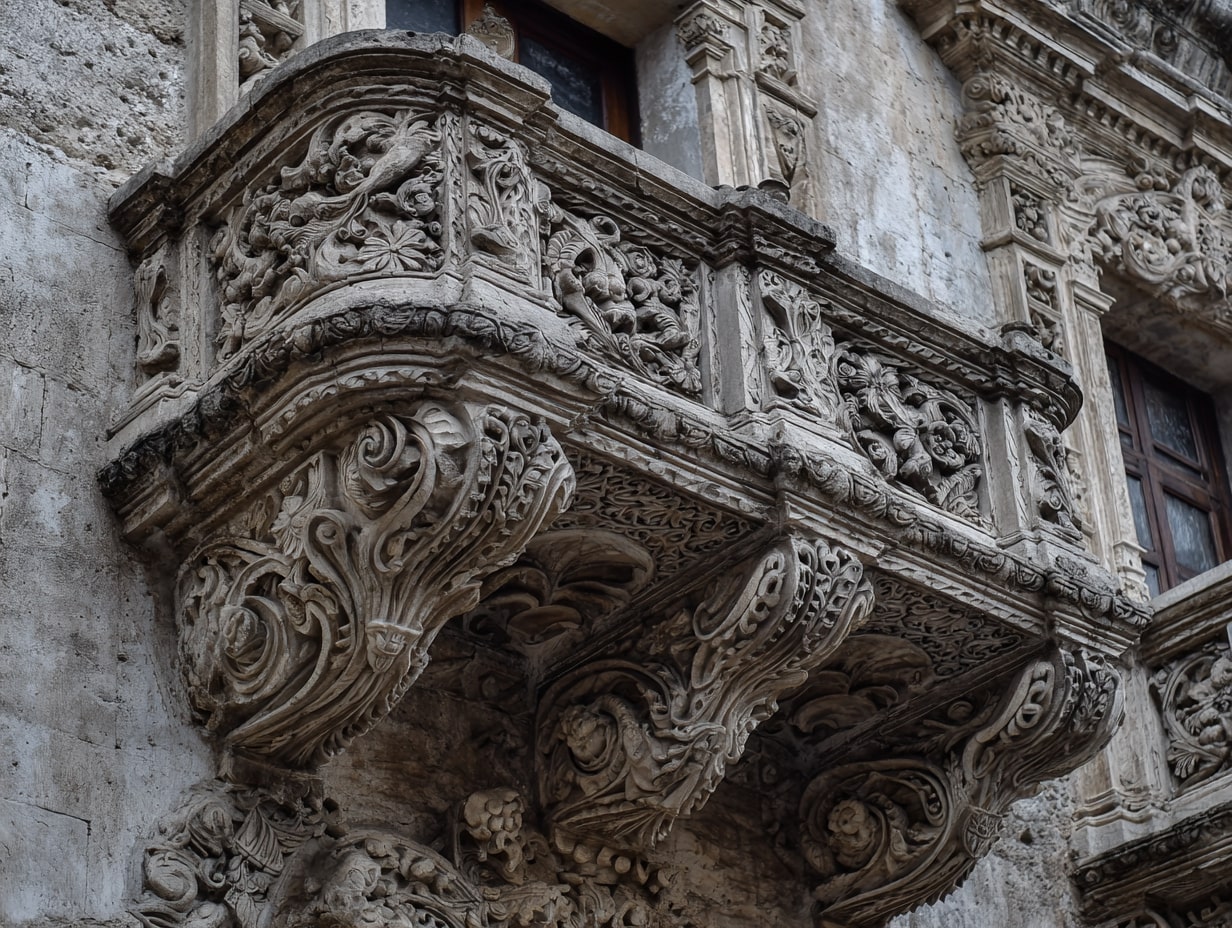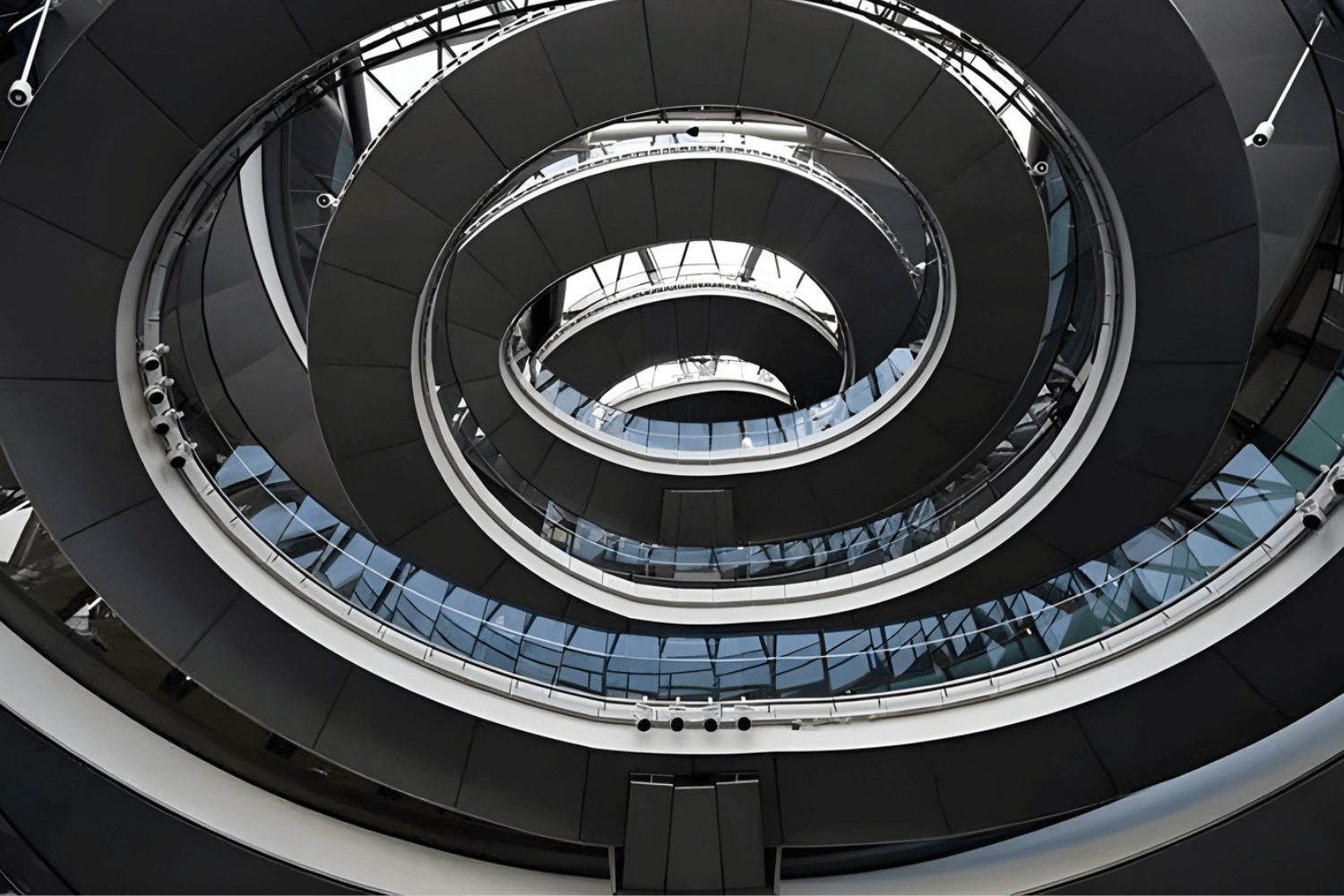- Home
- Articles
- Architectural Portfolio
- Architectral Presentation
- Inspirational Stories
- Architecture News
- Visualization
- BIM Industry
- Facade Design
- Parametric Design
- Career
- Landscape Architecture
- Construction
- Artificial Intelligence
- Sketching
- Design Softwares
- Diagrams
- Writing
- Architectural Tips
- Sustainability
- Courses
- Concept
- Technology
- History & Heritage
- Future of Architecture
- Guides & How-To
- Art & Culture
- Projects
- Interior Design
- Competitions
- Jobs
- Store
- Tools
- More
- Home
- Articles
- Architectural Portfolio
- Architectral Presentation
- Inspirational Stories
- Architecture News
- Visualization
- BIM Industry
- Facade Design
- Parametric Design
- Career
- Landscape Architecture
- Construction
- Artificial Intelligence
- Sketching
- Design Softwares
- Diagrams
- Writing
- Architectural Tips
- Sustainability
- Courses
- Concept
- Technology
- History & Heritage
- Future of Architecture
- Guides & How-To
- Art & Culture
- Projects
- Interior Design
- Competitions
- Jobs
- Store
- Tools
- More
Understanding the Modern Nuances in Interior Design Styles: A Comprehensive Guide

Navigating the world of interior design can feel overwhelming with terms like modern, contemporary, traditional, and transitional thrown around. Each style carries its own unique set of characteristics and understanding these nuances is crucial for creating a space that truly reflects our personality and aesthetic aspirations.
Let’s dive into the subtle yet significant differences between modern and contemporary design. While often used interchangeably, modern design refers to a specific period, typically from the early to mid-20th century, characterized by clean lines, minimalism, and a focus on function. Think mid-century modern with its iconic furniture pieces and sleek, uncluttered spaces. On the other hand, contemporary design is ever-evolving, reflecting the trends and innovations of the present day.
So whether we’re aiming for sophistication, bold experimentation, timeless elegance, or a blend of classic and contemporary, understanding these styles will guide us in transforming our house into a home that truly reflects who we are.

Table of Contents
ToggleOverview of Modern Interior Design Styles
Defining Modern Interior Design
Modern interior design refers to a distinct aesthetic that emerged during the early to mid-20th century. Influenced by the modern art movement, modern design prioritizes simplicity and functionality. It reflects a philosophy where form follows function, embracing clean lines, uncluttered spaces, and a minimal decorative approach. This style has roots in Scandinavian, mid-century modern, and postmodern design principles.
Key Characteristics of Modern Design
Modern design includes several defining characteristics:
- Clean Lines: Emphasis on geometric shapes and well-defined edges creates a sleek, uncluttered look.
- Natural Materials: Usage of wood, leather, and natural fibers emphasizes authenticity and simplicity.
- Neutral Color Palettes: Often incorporates monochromatic schemes, focusing on shades of black, white, and gray, sometimes accented by primary colors.
- Open Floor Plans: Spaces are airy and expansive, facilitated by minimal wall separations.
- Natural Light: Extensive use of large windows to maximize natural light.
- Functional Furniture: Pieces often feature straight, clean lines and are free from unnecessary adornment.
- Material Innovation: Commonly includes steel, glass, and concrete, reflecting advancements in industrial materials.
Understanding these elements helps us create spaces that embody the modern interior design ethos, blending functionality with aesthetic simplicity.
Evolution of Interior Design Styles
Historical Influences on Modern Design
Modern interior design draws significant influence from early 20th-century movements. Key movements include Bauhaus from Germany and Scandinavian design. Bauhaus emphasized form and function, rejecting ornate details. Scandinavian design championed simplicity, utility, and beauty, using natural materials like wood and leather, and a neutral color palette.
Mid-century modern design further shaped modern aesthetics. Known for clean lines, organic forms, and innovative materials like molded plastic, this style sought to enhance everyday life. Postmodernism, rejecting rigid rules, introduced playful shapes, bold colors, and eclectic patterns. These elements provide the foundation for today’s modern design principles, prioritizing functionality and minimalism.

The Blend of Old and New Elements
Modern interior design expertly blends historical elements with contemporary features. Vintage pieces, like mid-century modern chairs, offer character and historical continuity. Pair these with sleek, minimalist tables for a balanced look. Mixing high-contrast items, such as an antique wood dresser with glossy white cabinetry, creates visual interest.
Sustainability also plays a role, with designers repurposing vintage materials. Reclaimed wood or refurbished metal fixtures link the old with the new while promoting eco-friendliness. The blend of old and new creates a nostalgic yet forward-looking interior, highlighting the versatility and adaptability of modern design.
By understanding the evolutionary journey of interior design, we can better appreciate and apply its principles to our spaces. Architects and designers continue to draw from historical and contemporary elements to create timeless interiors that resonate on aesthetic and functional levels.
Popular Modern Interior Design Styles
Minimalist Design
Minimalist design emphasizes simplicity and clarity, removing unnecessary elements to create a clean and functional space. It embraces a neutral color palette of whites, grays, and blacks, using pops of color sparingly for accent. Furniture is sleek and streamlined, focusing on essential features without excess decoration. Materials like glass, metal, and natural woods add texture and warmth to minimalist interiors.
Functionality stands as the most crucial design element. Storage solutions often incorporate multipurpose furniture, such as coffee tables with hidden storage. Inspired by Japanese design principles, minimalist interiors prioritize “less is more,” creating serene and uncluttered environments that promote calm and focus.
Contemporary Design
Contemporary design reflects current trends, borrowing elements from various styles to create an adaptable and evolving aesthetic. Its core principles include clean lines, open spaces, and minimal decoration, similar to modern design, but with added flexibility. Contemporary interiors often mix elements from futuristic, Art Deco, and modern influences, creating a diverse yet cohesive look.
An open floor plan enhances the feeling of spaciousness, connecting kitchen, dining, and living areas seamlessly. This design style embraces the latest materials and innovations while maintaining timeless elegance. Bold art pieces, unique lighting fixtures, and high-quality finishes add character and sophistication to contemporary spaces.
Mid-Century Modern Design
Mid-century modern design, emerging in the mid-20th century, combines form and function with clean lines and organic curves. This style celebrates the beauty of natural materials like teak, rosewood, and walnut, often featuring rich wood tones. It promotes indoor-outdoor living with sliding doors and large windows, emphasizing the connection to nature.
Mid-century modern interiors often incorporate pops of colors like mustard yellow, chartreuse, and avocado. Furniture is both functional and stylish, blending retro charm with contemporary flair. Design features include geometric patterns and minimal clutter, achieving a seamless flow between different areas of the home.
These popular modern interior design styles share a common goal: to create functional, uncluttered, and visually appealing spaces. By understanding the nuances of minimalist, contemporary, and mid-century modern designs, we can apply these principles to craft stylish and timeless interiors.

Nuances in Modern Interior Design
The Role of Color and Texture
Color and texture play vital roles in modern interior design, adding depth and character to spaces. Modern designs favor neutral tones like whites, greys, and beiges. These colors create a calm and orderly environment. However, incorporating vibrant accents can add a dynamic touch. For example, a bright orange statement piece can elevate an otherwise monochromatic room.
Textures provide another layer of interest. Smooth materials like glass and polished wood offer a sleek look, while fabrics like linen or wool add a cozy feel. Heavily textured materials for curtains, pillows, and rugs add dimension without overwhelming the design. This balance between smooth and textured surfaces ensures a harmonious visual appeal.
Impact of Technology on Design
Technology significantly impacts modern interior design, enhancing both aesthetics and functionality. Smart home systems allow for integrated control over lighting, temperature, and security, making homes more efficient and customizable. For instance, automated lighting can adjust to natural light levels, enhancing comfort and minimizing energy use.
Advanced materials also influence modern design. Sustainable materials like recycled wood and eco-friendly paints promote sustainability without compromising style. Additionally, 3D printing offers innovative solutions for custom furniture and decor, enabling unique and personalized design elements.
Incorporating these technological advancements can streamline daily life, promote environmental sustainability, and add a sleek, modern feel.
Practical Tips for Implementing Modern Design
Choosing the Right Materials
Selecting materials is crucial for executing modern design effectively. Focus on natural materials like wood, stone, and steel which convey authenticity and durability. For example, reclaimed wood or polished concrete floors create a natural yet sleek foundation in any room. Glass elements enhance natural light, adding an airy feel to interiors. We recommend using smooth, sleek surfaces like stainless steel for kitchen areas to maintain a clean aesthetic.
In addition, consider the sustainability of materials. Bamboo, cork, and recycled metal not only reduce environmental impact but also add unique textures and colors. Optimize acoustics with sound-absorbing materials like acoustic panels and baffles. This choice is essential in open office layouts, reducing noise levels for a focused environment.
Incorporating Personal Style into Modern Design
Expressing personal style within modern design maintains individuality while adhering to minimalist principles. Integrate pieces that reflect personal tastes without compromising the overall clean aesthetic. For instance, a vintage chair or an eclectic art piece can serve as focal points against a monochromatic backdrop. This method allows for character infusion without overwhelming the space.
Additionally, choose a neutral color palette as a base, then incorporate vibrant accents selectively. Bold throw pillows, unique vases, or colorful art pieces can provide the desired dynamism. Opt for multifunctional furniture to ensure space remains functional and uncluttered. Incorporate modular storage units and floating shelves to keep areas organized and maintain a streamlined appearance.
Establish designated spaces for specific activities to enhance the functional aspect of interiors. For creative or collaborative areas, use comfortable seating, ample lighting, and interactive displays. These elements foster an environment conducive to brainstorming and idea exchange, making the space lively yet organized.

Conclusion
Modern interior design is about creating balanced spaces that align aesthetics with functionality. We draw on historical influences and integrate them with contemporary trends to achieve this. Techniques include blending vintage and modern elements, emphasizing sustainability, and repurposing materials. Examples are repurposed wood for tables or recycled metals for fixtures.
Incorporating minimalist principles and selecting clean lines and clutter-free designs bring a fresh and spacious feel to any space. Using neutral color palettes like whites, grays, or beiges forms a calm backdrop, while strategically placed vibrant accents add personality. Imagine a sleek white couch with a bold, colorful throw pillow.
Technology plays a pivotal role in modern interior design. Automated systems, sustainable materials, and 3D-printed decor items enhance both the utility and eco-friendliness of our living spaces. For instance, smart lighting systems can be controlled via smartphone apps, promoting energy efficiency.
Selecting the right materials significantly impacts the design’s overall feel. Favoring wood, stone, and steel ensures durability and elegance. For instance, a steel-framed glass coffee table can provide a modern yet sophisticated touch. Sustainability is crucial, so choosing eco-friendly options like bamboo flooring is beneficial.
Furniture choices are integral to modern design. Emphasis on ergonomic furniture, like adjustable sit-stand desks and chairs, promotes comfort and improves productivity. Flexible workstations allow easy reconfiguration, accommodating various tasks and preferences.
Effective space utilization involves creating designated areas for specific activities. For instance, a corner workstation for focused tasks or a cozy lounge area for relaxation. Proper acoustics also enhance functionality, using sound-absorbing materials to reduce noise and create a serene environment.
Overall, understanding modern nuances in interior design helps create spaces that are not only visually appealing but also functional and sustainable. By incorporating these elements thoughtfully, we can design interiors that reflect contemporary aesthetics while being practical and environmentally responsible.
Submit your architectural projects
Follow these steps for submission your project. Submission FormLatest Posts
Are Organic Bamboo Sheets Worth the Investment?
When it comes to getting a good night’s sleep, the quality of...
Converting Garages to Living Spaces: Structural Changes That Require Professional Engineering
When considering a garage conversion to extend your home’s living space, understanding...
A Beginner’s Guide to Architectural Details
Architectural details explained for beginners: clear terms, key joints, proportions, climate-smart specs,...
5 Must-Visit Structures by Norman Foster
Explore five must-visit structures by Norman Foster, showcasing iconic works that combine...












Leave a comment